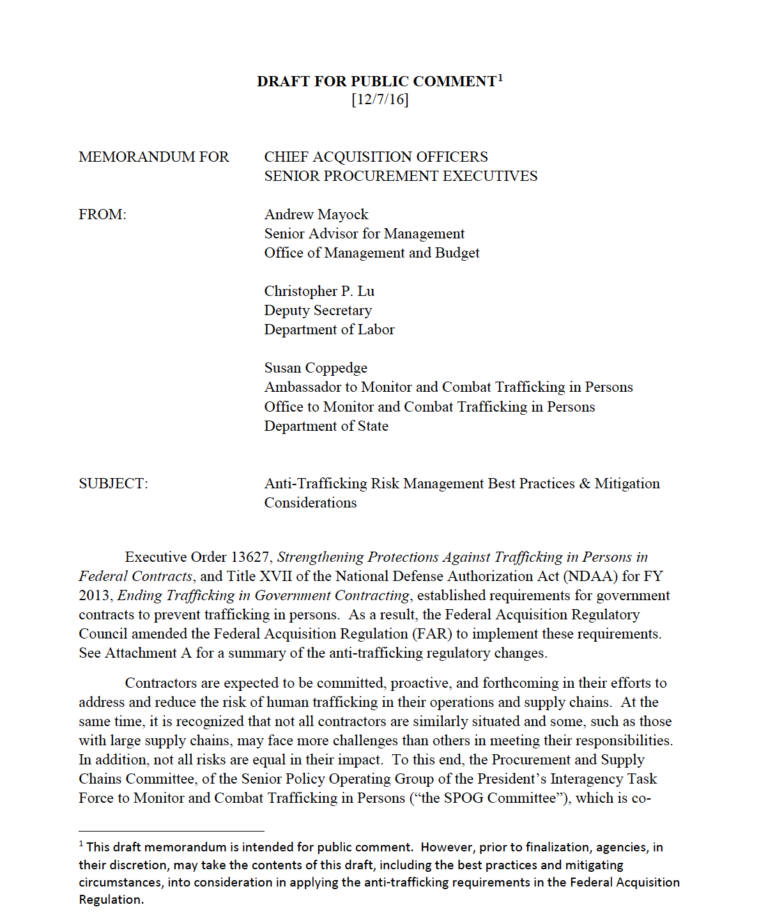Responding to Modern Slavery and Exploitation within the Homelessness Sector
GuidanceFindings and Recommendations from the first year of The Passage’s Anti-Slavery Project. Written by Dr Júlia Tomás. The report looks at the experiences of homelessness organisations across England in working with victims of modern slavery who...Read More

